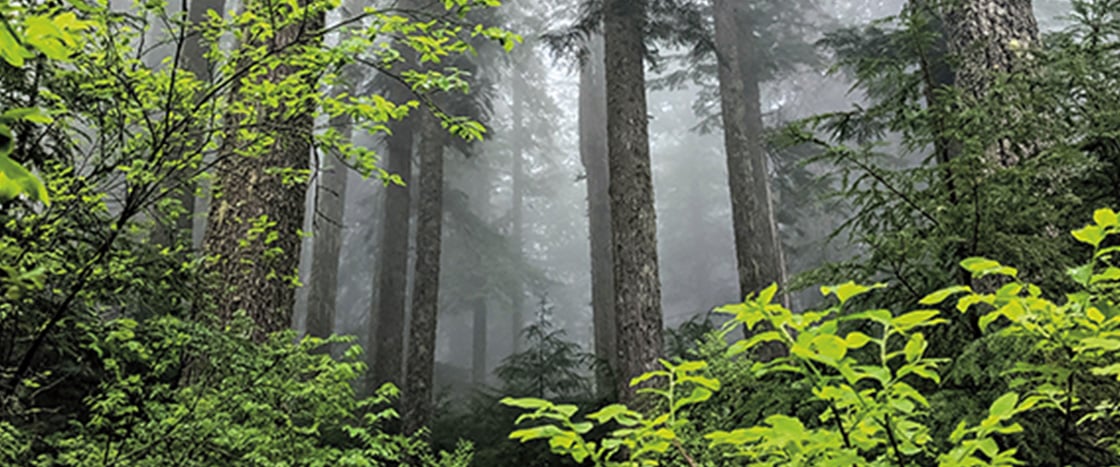This was supposed to be the Best Summer Ever.
I’d been looking forward to bike rides and waterslides and getting slushies from the corner store with my two best friends. We were going to play video games all night long, until the sun came up! We’d talked about it constantly, me and Silas and MJ—at recess and between classes. It was supposed to be awesome: the kind of summer that makes you forget that alarm clocks and homework assignments ever existed.
That was the plan, anyway . . . until Silas and MJ decided to go to coding camp instead. It cost, like, $2,000. I didn’t even ask if I could go. I knew it was more than we could afford.
So now I’m all alone, while my best friends are off having the time of their lives together.
The last day of school was only a couple of weeks ago, and I’m already so bored I wish I was back in math class. It’s cloudy and gray outside to match my mood . . . but even with the ceiling fan blowing, I’m sweating through my shirt as I flip through my phone for the thousandth time.
“Ja-mie!” my mom sings. “Are you sure you don’t want to get out of the house?”
She’s jangling her keys by the front door, on her way to the grocery store.
I shake my head no. Every passing minute feels like an hour, but I’m not desperate enough to run errands with my mom.
As she drives away, I flop onto the couch with a sigh. Then my phone dings. It’s Silas and MJ. They’re working on programming a plastic robot to dance. They share a video of it shaking and kicking until it falls off their desk. I can hear Silas humming the Chicken Dance song, while MJ’s wild laughter echoes through the living room.
Ugh. What I want more than anything is my own super-fun video to send right back to them—to prove that I’m having a good time too.
Even though I’m not.
I look out the window at the big, shaggy oak tree at the end of my street, where the blacktop thins and crumbles into the woods. And that gives me an idea.
If I can’t go to coding camp, maybe I can make my own camp.
I get up and head to my bedroom. I empty my backpack onto the floor and fill it with snacks and supplies. From the kitchen, I take a bag of popcorn and two cinnamon raisin bagels. From the garage, I borrow some gardening gloves and a coil of bright-yellow rope.
I step outside for the first time in days.
“Taking a walk,” I text my mom. “Be back later.”


